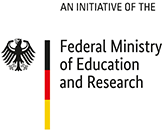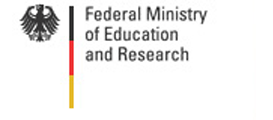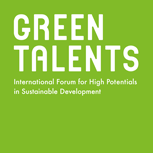PhD Student in Chemical Engineering at Georgia Institute of Technology, Atlanta, United States of America
Research focus: heterogeneous catalysis for CO2 capture and conversion to fuels and hydrocarbons
One method of reducing the amount of CO2 in the air is to remove it technically. This can be done by Carbon Capture and Storage (CCS), Direct Air Capture (DAC), and Carbon Capture and Utilisation (CCU) technologies. CCS and some DAC technologies have reached a level of maturity that enables their large-scale implementation. But, among other things, the low value given to emissions reduction is holding back investment in these technologies. The advantage of CCU technologies is the use of CO2 to produce valuable products (e.g., methane or methanol using renewable H2). However, current CCU processes require a concentrated CO2 stream to be captured upstream of the hydrogenation reactor. This is both cost and energy intensive. To overcome these issues, new multifunctional materials (MFMs) capable of selectively capturing CO2 from diluted streams or even from the atmosphere and converting it into valuable products must be developed. So far, this approach has only been studied for the production of methane, but it could be extended to other valuable chemicals such as methanol, which is widely used as a fuel, solvent, or feedstock for other products.
Laura’s research is focused on the rational design of new MFMs for integrated CO2 capture and conversion into high-value products. During her master’s studies, she investigated how the interaction of different components in an MFM enables an integrated process for CO2 capture and conversion to methane. Now in her PhD programme, she is now focussing on developing new materials for the integrated capture and conversion of CO2 to methanol. Moreover, her goal is to couple materials characterisation techniques with catalytic testing to provide a framework for relevant material properties and reaction conditions for the rational design of highly active MFMs. In this way, her research strongly contributes to the UN Sustainable Development Goal 13 (Climate Action).
An ambitious young scientist who also holds a patent in Colombia, Laura was awarded for her work on developing new catalytic materials with high CO2 adsorption capacity, CO2 conversion, and product selectivity. The jury particularly appreciated the innovative nature of the subject.
The research of Laura mainly contributes to the Sustainable Development Goals 7, 9, 12, 13:
Take a look at this video that briefly introduces Laura and her research:










